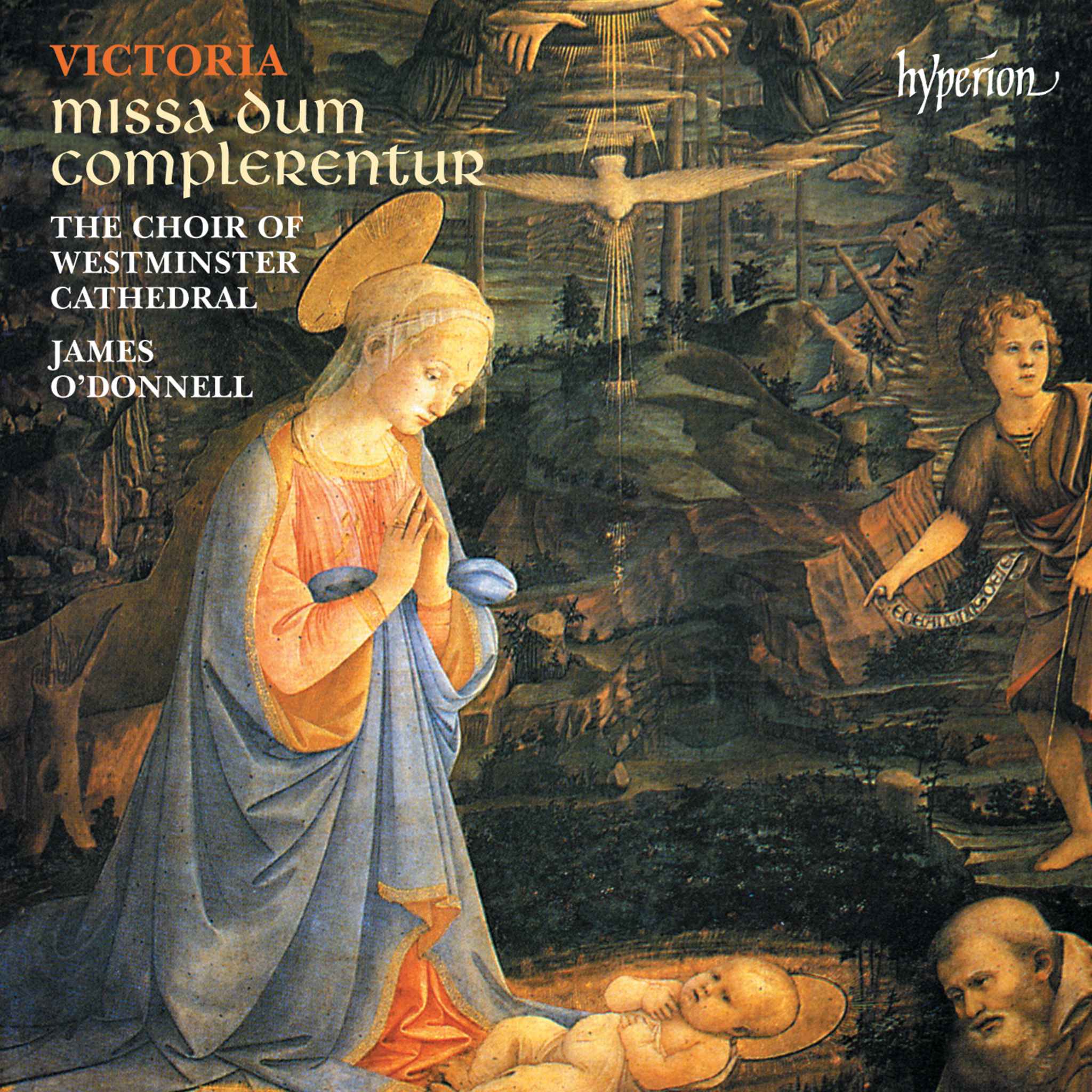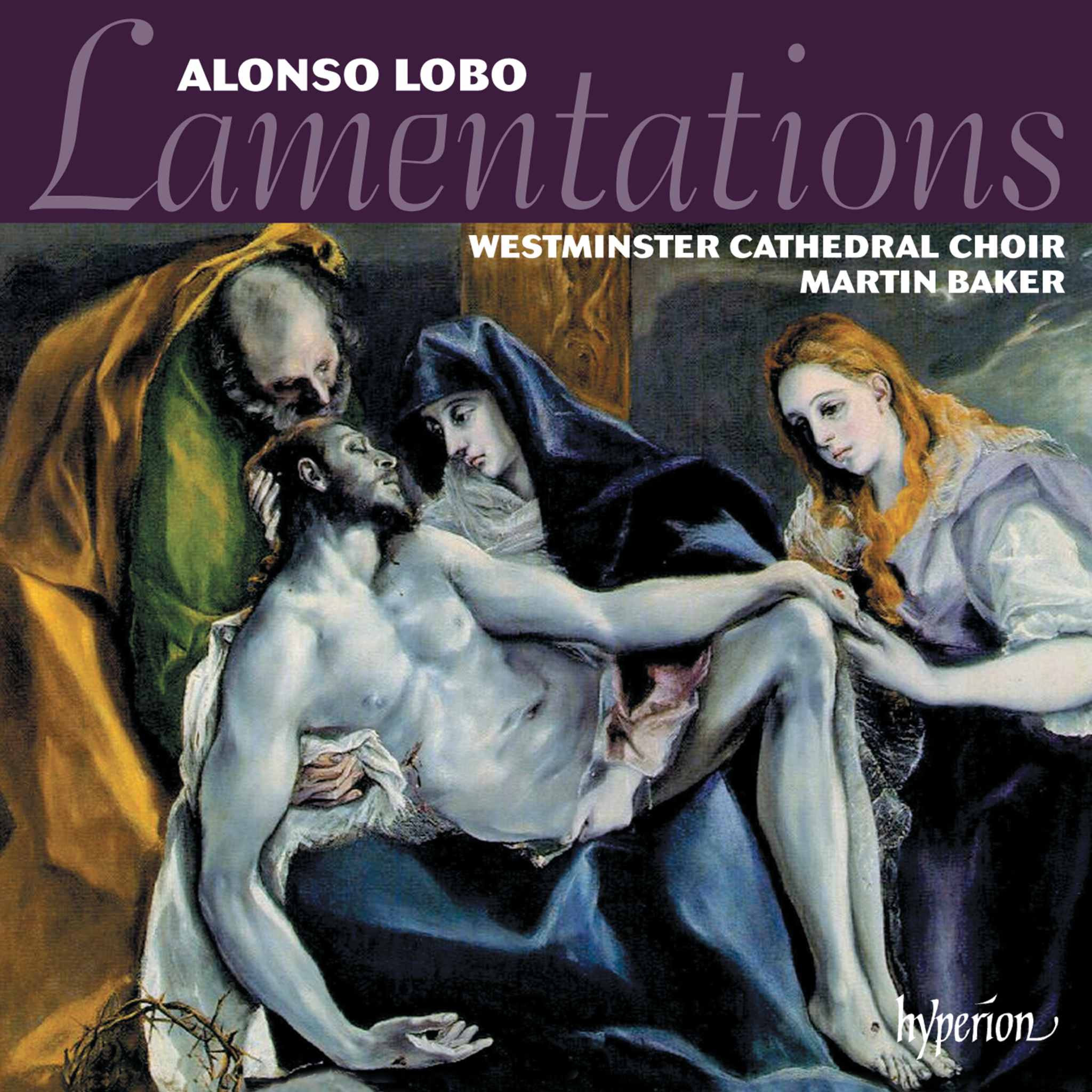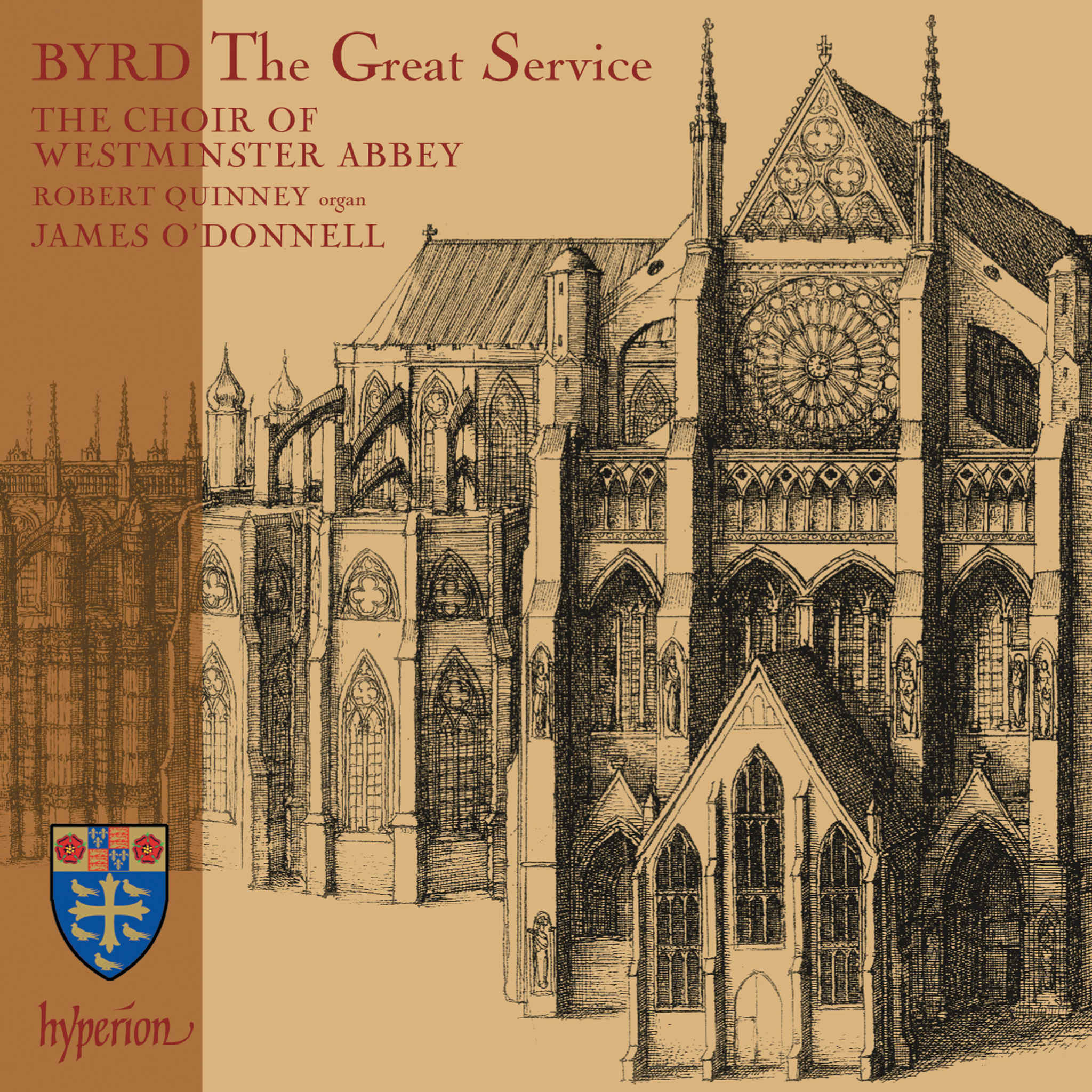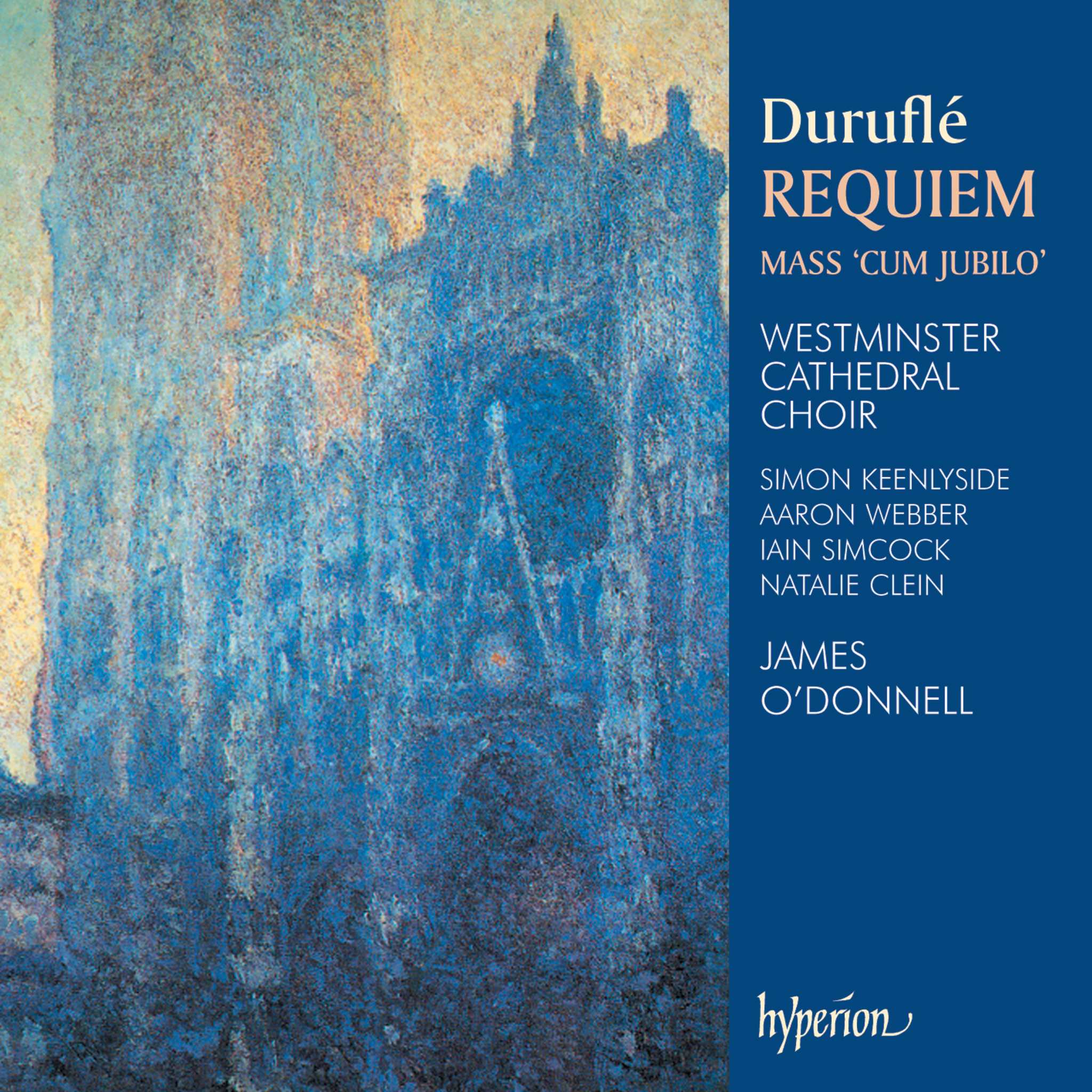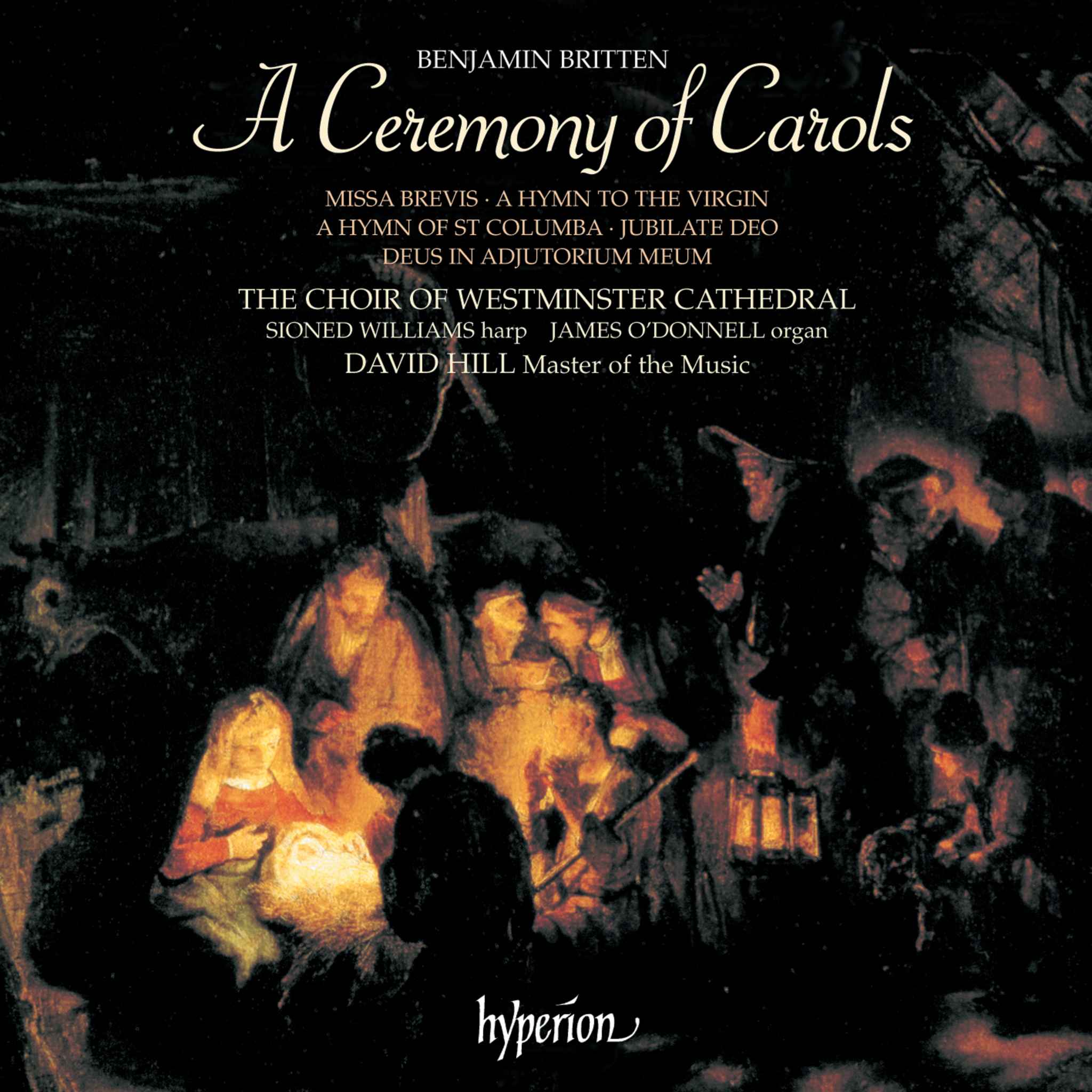Album insights
Edvard Hagerup Grieg, a Norwegian composer of Scottish descent, was heavily influenced by Robert Schumann during his studies at the Leipzig Conservatory. From 1863 to 1867, he stayed in Copenhagen, forming close connections with Niels Gade, Hans Christian Andersen, and the late Norwegian poet and composer Rikard Nordraak. Upon their encouragement, Grieg developed a national music style and a profound awareness of his country's history and folk tunes.
While Grieg's name may not ascend to the heights of Bach, Mozart, or Beethoven, it certainly holds a place on the musical slopes. His compositions mainly comprised shorter works, songs, and incidental music, although he attempted larger formats. Grieg's preference for briefer works was notable, with his A minor Piano Concerto being a significant exception. His aesthetic veered away from the structural complexities of the German composition tradition, as expressed by music scholar Hubert Foss praising Grieg's "conscious smallness" as one of his virtues.
In the spring of 1889, Grieg, in his late forties, along with his wife, the soprano Nina Hagerup (known as "Madame Grieg"), performed a series of concerts in London. George Bernard Shaw described Grieg as a diligent, earnest man with a distinct appearance, highlighting his unique qualities. Shaw initially had reservations about Grieg as a "national composer," but came to appreciate his artistry.
Shaw, writing as "Corno di Bassetto," a month after adopting that pseudonym, attended Grieg's concert in London. He recounted the event, notably praising Grieg's performance of the Holberg Suite, capturing the essence of the celebration surrounding Ludwig Holberg and the suite’s elegant rendition by Grieg. Ludvig Holberg himself, a notable figure like Grieg, contributed significantly to literature, drama, and philosophy during his time.
Grieg's artistic range extended to various musical forms, with his Ballade earning mixed reactions - some considering it his magnum opus, while others found it verbose and repetitive. Grieg's emotional investment in his work was palpable, showcased by the profound impact the Ballade had on him after a private performance.
Grieg's approach to music as comfortable abodes for listeners, contrasting with grand musical structures, found perfect embodiment in his Lyric Pieces. Comprising 66 short musical pieces, they stand as a parallel to Schubert's Moments musicaux and Mendelssohn's Songs Without Words, representing Grieg's commitment to a Norwegian-rooted musical expression.
Grieg's Lyric Pieces, released in ten volumes from 1867 to 1901, demonstrate his evolution as a composer and his dedication to capturing Norwegian folk themes. Andrey Gugnin's decision to record op. 43 and op. 62 cycles in full showcases Grieg's musical depth and the enduring charm of his compositions, including gems like "Butterfly" and "To Spring." Grieg's musical legacy endures through these intricate works, each piece telling a unique story anchored in Norwegian musical heritage.

